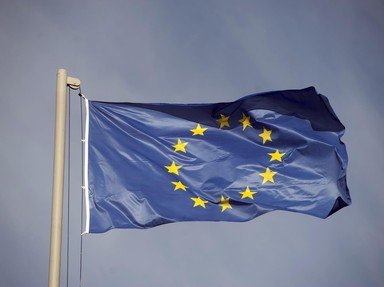Quiz Answer Key and Fun Facts
1. Who was the author of the plan, the aim of which was to achieve the Economic and Monetary Union by 1980?
2. When was the European Monetary System (EMS) launched?
3. Whose report proposed a three-stage approach to EMU?
4. When did the first stage of EMU begin?
5. Which stage of EMU provided for the introduction of a single currency?
6. Which institution was established at the beginning of Stage II?
7. According to the Treaty, member states wishing to take part in Stage III of EMU had to meet certain criteria, so called convergence criteria. Which was NOT one of them?
8. At the beginning of stage III of EMU, the EMI was replaced by the European System of Central Banks (ESCB).
9. Who made the decision to name a single currency the Euro?
10. What is the name of the cross-border payment system, which started to operate in 1999?
11. Who became the first president of the European Central Bank?
12. When did the Euro banknotes and coins start to circulate?
13. Where is the European Central Bank located?
14. What is the name of the Council of Finance Ministers of EU member states participating in the Eurozone?
15. Which country didn't take part in the Stage III of EMU for political reasons?
Source: Author
Beatka
This quiz was reviewed by FunTrivia editor
bloomsby before going online.
Any errors found in FunTrivia content are routinely corrected through our feedback system.
